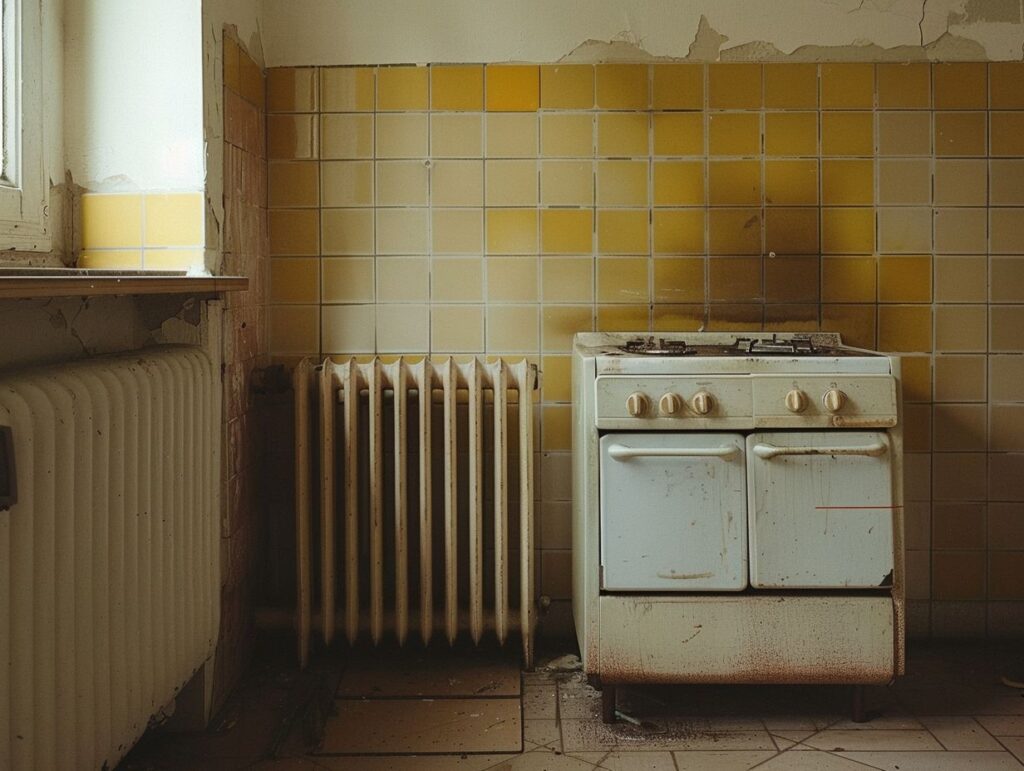If your kitchen radiator is failing to heat up properly, there may be multiple reasons behind this issue. From trapped air within the system to thermostat malfunctions or blocked pipes, the root cause could be easily identifiable.
We will investigate the potential causes of a kitchen radiator that isn’t heating up and offer practical troubleshooting advice to address the problem. Furthermore, we will present maintenance suggestions to avoid future issues and recommend when it may be necessary to seek professional assistance.
By following our recommendations, you can ensure that your kitchen remains warm and comfortable throughout the year.
Key Takeaways:
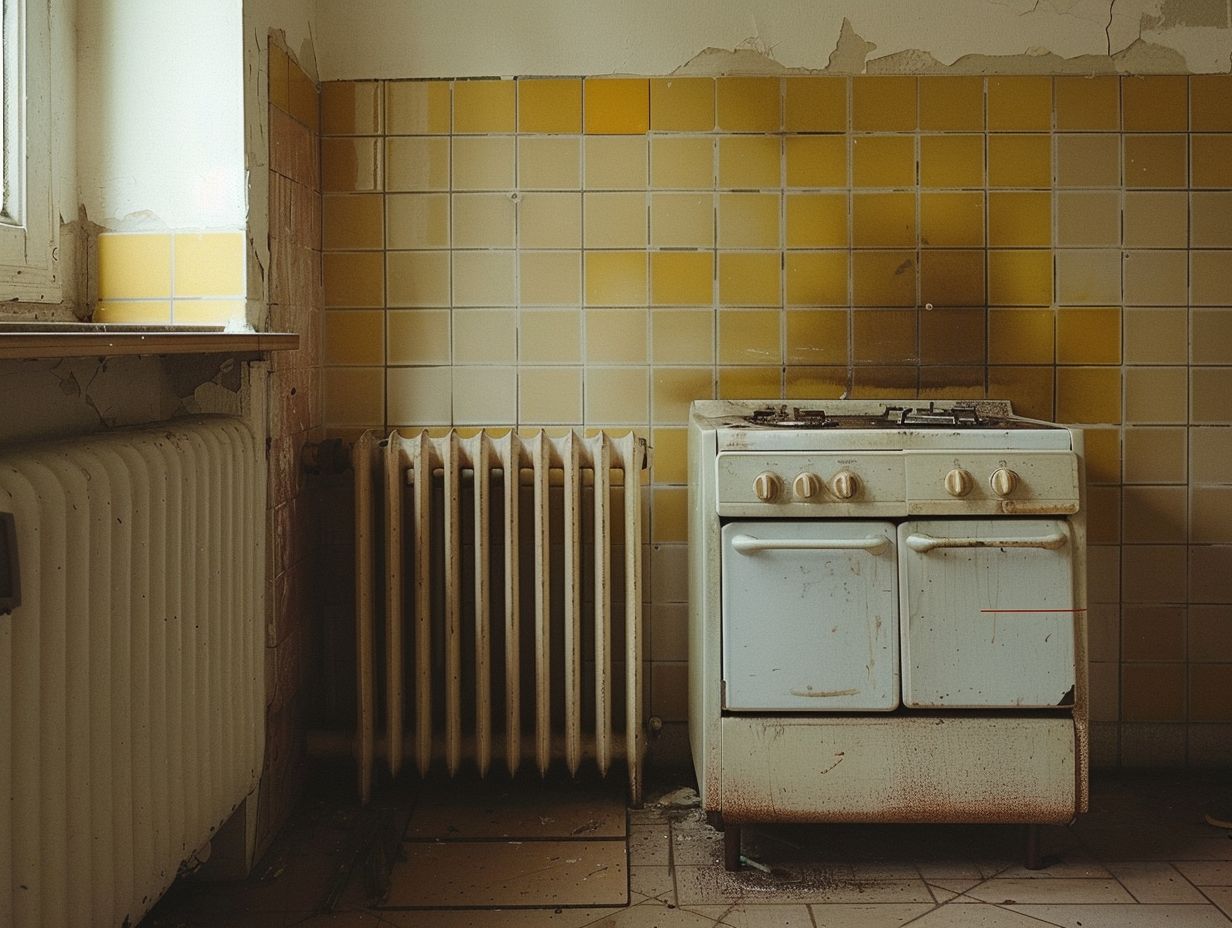
- Air trapped in the system, malfunctioning thermostat or valve, and blocked/leaking pipes can all cause a kitchen radiator to not heat up.
- Troubleshooting includes bleeding the radiator, checking/replacing the thermostat or valve, and clearing blockages or fixing leaks.
- To prevent future problems, regularly maintain your radiator and call a professional if you notice any signs of malfunction.
Possible Causes of a Non-Heating Kitchen Radiator
When your kitchen radiator fails to provide heat, there could be several factors at play. These issues might include trapped air in the system, faulty valves, or blockages within the pipes.
Trapped air can impede the circulation of hot water, resulting in inadequate heat output. Valves, such as thermostatic or lockshield valves, that are not functioning properly can disrupt the flow of hot water, affecting the radiator’s heating capacity. Blockages in the pipes can restrict water flow, leading to uneven heating or no heating at all.
To diagnose these issues, be on the lookout for gurgling or hissing noises, cold patches on the radiator, or any signs of leaks. It is essential to address these issues promptly to ensure your heating system operates at its best.
Air Trapped in the System
Air trapped in your heating system can inhibit the proper circulation of hot water, resulting in cold radiators. The common solution to this issue is bleeding the radiators to eliminate trapped air and restore efficient heating.
When air becomes trapped within your radiator or heating pipes, it creates a barrier that hinders the flow of hot water, thus impeding the heat from reaching its intended areas. Despite the boiler functioning correctly, you may notice that certain radiators remain cold due to this blockage.
To remedy this situation, it is necessary to bleed the radiators. This process involves releasing the trapped air using a radiator key or a specific bleed valve typically located at the top of the radiator. By allowing the air to escape, you facilitate the free circulation of hot water, effectively bringing warmth back into your living space.
Conducting regular maintenance is essential to prevent the accumulation of air in your system, ensuring optimal performance and efficiency.
Thermostat or Valve Malfunction
If your radiator remains cold despite having the heating on, a malfunctioning thermostat or valve may be causing the issue. It is crucial to inspect and replace any faulty components to ensure proper heat distribution.
A malfunctioning thermostat can cause inaccurate temperature regulation, leading to inefficient heating of the radiator. Similarly, a faulty valve can restrict the flow of hot water through the system, resulting in uneven heating or no heating at all.
When troubleshooting thermostat problems, attempt to adjust the temperature settings and ensure proper connections. For valves, check for any obstructions or signs of wear. If the issues persist, it is advisable to seek professional assistance to replace the thermostat or valve and restore optimal radiator performance.
Blocked or Leaking Pipes
When pipes are blocked or leaking, they can hinder the flow of hot water to the radiator, resulting in a decrease in heat output. It is essential to identify and address these pipe issues promptly to restore efficient heating.
Blocked pipes restrict the movement of hot water from the boiler to the radiator, causing uneven heating in the room and potential harm to the heating system. Leaks can result in water loss, reduced pressure, and corrosion, impacting the overall functionality of the radiator.
To clear blockages, individuals can utilise a wire brush or chemical solutions to eliminate debris. Repairing leaks involves locating the source and sealing it with plumber’s tape or applying epoxy putty.
Regular maintenance inspections for leaks and blockages can help prevent these problems and ensure optimal radiator performance.
How to Troubleshoot and Fix the Issue?
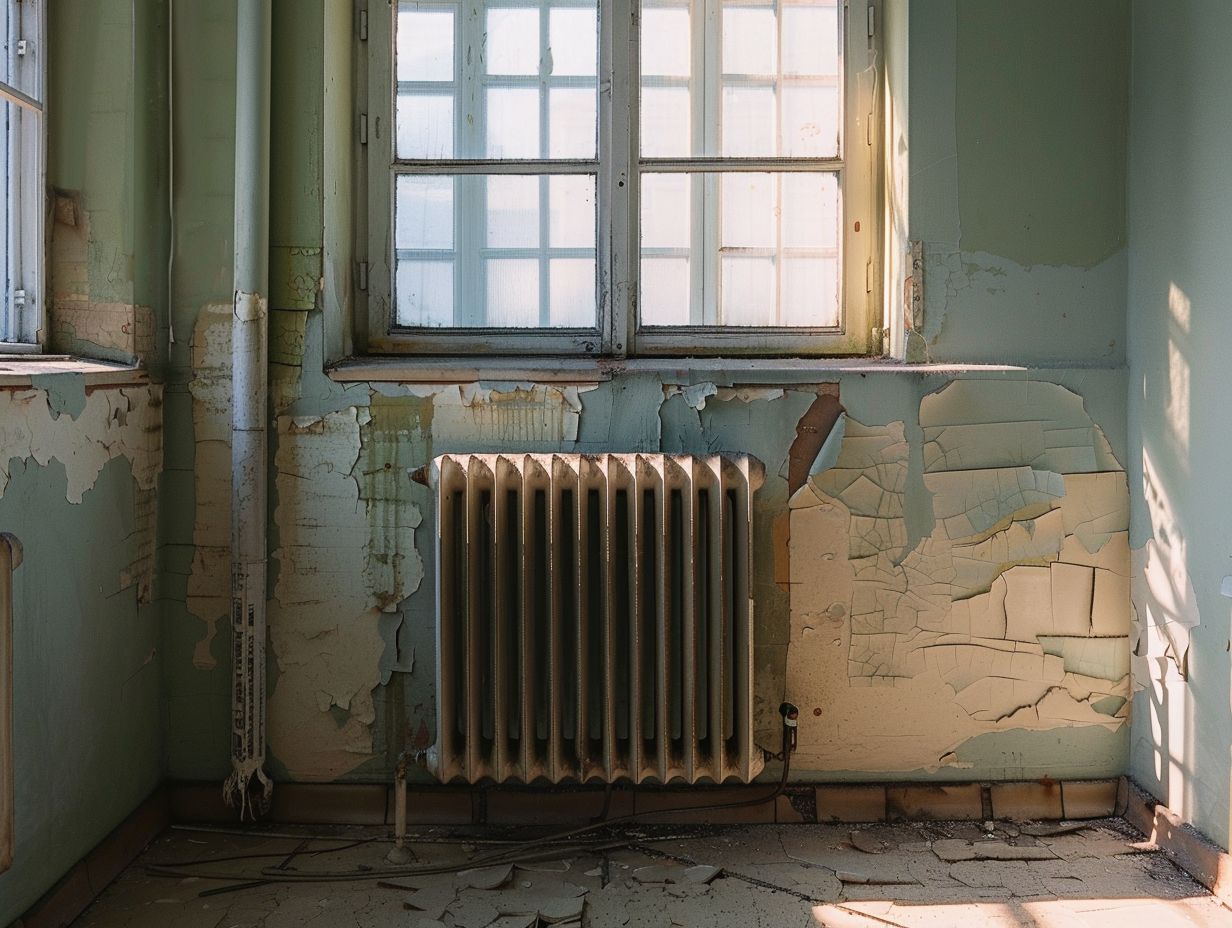
When you encounter a kitchen radiator that isn’t producing heat, it’s essential to ensure effective heat dispersion. To address this problem, you should consider steps like bleeding the radiator, inspecting the thermostat and valve, and clearing any blockages.
One crucial aspect to focus on when dealing with a kitchen radiator that isn’t heating is removing air from the system. Air bubbles trapped within the radiator can impede proper circulation, ultimately reducing the heating efficiency.
To start the bleeding process, locate the bleed valve typically positioned at the top of the radiator. Utilise a radiator key or screwdriver to open the valve slightly until you hear a hissing noise, indicating the release of air. Have a cloth ready to catch any water that might trickle out. It’s imperative to bleed all radiators systematically within the system to ensure uniform heat distribution.
Bleeding the Radiator
Bleeding your radiator is a common maintenance task that involves releasing trapped air to restore efficient water circulation. This process helps eliminate cold spots and ensures uniform heating across your radiator system. By addressing any air pockets within your radiator system, you can prevent inefficient heating and reduce energy wastage.
To effectively bleed a radiator, start by ensuring that your heating system is turned off and your radiators have cooled down. Place a towel or bowl beneath the radiator valve to catch any water leaks. Using a radiator key or a flat-headed screwdriver, slowly turn the valve anti-clockwise.
You will hear a hissing sound as the trapped air escapes. Once you notice a steady flow of water without air bubbles, tighten the valve and wipe off any excess water. Repeat this process for all radiators in your home to optimise their performance.
Checking and Replacing Thermostat or Valve
To address heating issues, you should begin by checking the thermostat and valve for any malfunctions. By replacing any faulty components, you can restore proper heat regulation and ensure optimal radiator performance.
Here are the steps you can follow:
- Start by locating the thermostat in your home heating system.
- Check the display to ensure it is functioning properly and set at the desired temperature.
- Test the thermostat by adjusting the temperature and listening for a click to indicate it is engaging.
- If the thermostat is unresponsive or providing inaccurate readings, it may need to be replaced.
- Similarly, inspect the valves on your radiators for any leaks or blockages.
- If valves are stuck or leaking, consider replacing them to improve heating efficiency.
Clearing Blockages or Fixing Leaks
Blockages or leaks in your pipes can impede water flow to the radiator, causing heating problems. It is crucial to clear blockages and repair leaks to ensure proper water circulation and effective heat transfer.
When your pipes get blocked or develop leaks, it disrupts the smooth water flow necessary for efficient heat distribution. Not only does this reduce the heating system’s effectiveness, but it can also lead to increased energy consumption and potentially higher utility bills.
Detecting blockages and leaks early is essential to prevent further damage. Clearing blockages often requires tools like drain snakes or chemical solutions, while fixing leaks may involve pipe replacements or sealant applications.
Regular maintenance checks are essential for proactively identifying and addressing these issues to maintain optimal heating performance.
Preventing Future Problems with Kitchen Radiator
Regular maintenance and adherence to best practices are key to preventing future heating problems with your kitchen radiator system. By following simple maintenance tips, you can ensure the efficient and reliable operation of your heating system.
One important aspect of maintaining your kitchen radiator system is to regularly bleed the radiators to remove trapped air, which can affect heat distribution. Checking for any leaks or rust on the radiator valves and pipes is crucial in preventing water damage. It is recommended to inspect the thermostat regularly to ensure it is functioning correctly and accurately regulating the temperature.
Another good practice is to clean the radiator surfaces and fins to ensure optimal heat transfer. Monitoring the overall system for strange noises or cold spots can help detect any potential issues early on.
By implementing these maintenance routines and preventive measures, you can prolong the lifespan of your kitchen radiator system and enjoy consistent heating throughout your home.
When to Call a Professional?
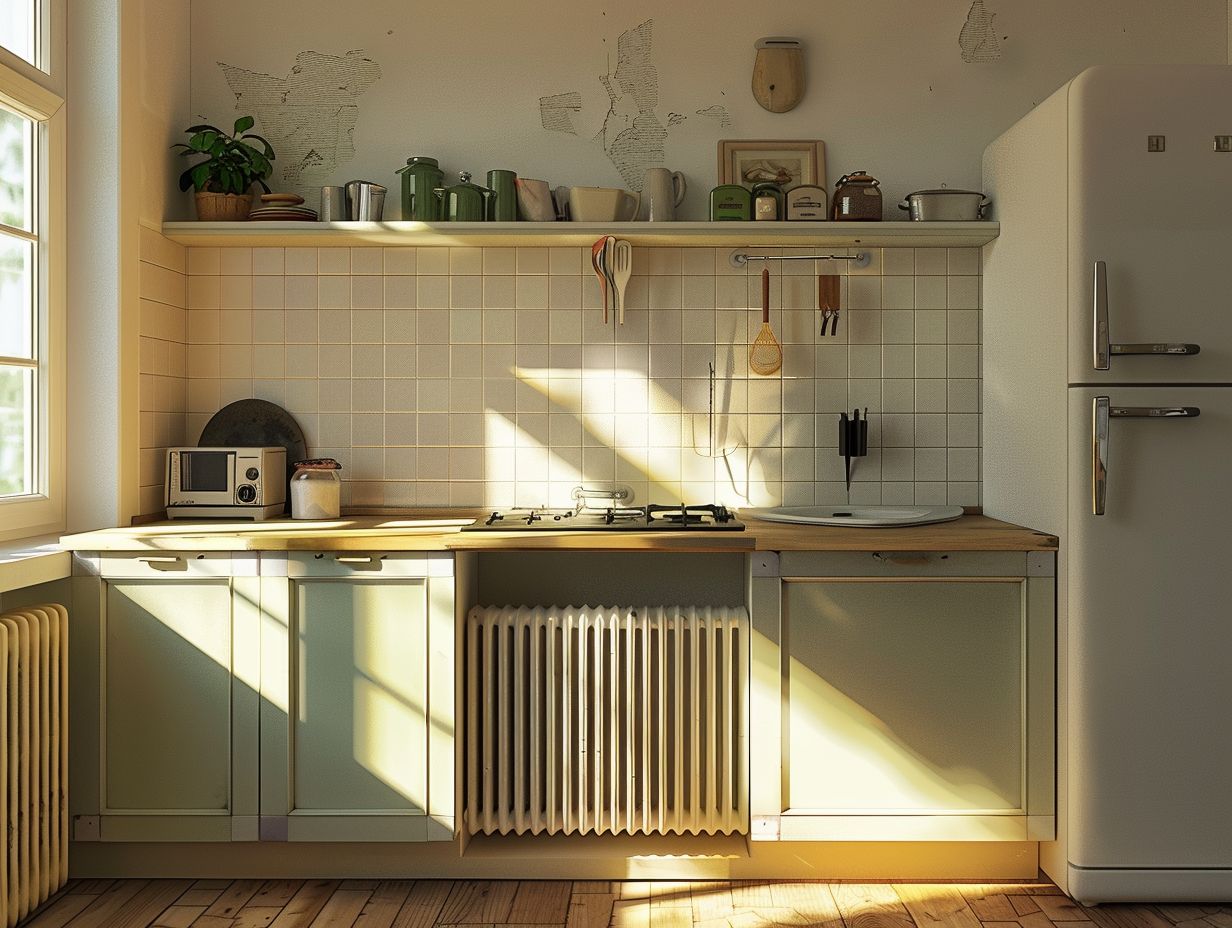
In certain situations, you may find it necessary to seek professional help for heating issues with your kitchen radiator. Recognising the signs that indicate a need for expert assistance can facilitate prompt resolution of problems and ensure the optimal operation of your heating system.
If you observe unusual noises emanating from your radiator, such as banging or hissing sounds, this could signify a more serious issue requiring professional intervention. Inconsistent heating distribution throughout your residence or sudden increases in energy expenses might indicate underlying problems that only a skilled heating specialist can efficiently diagnose and address.
Disregarding these indicators can result in further damage and potentially higher repair expenses in the future. By relying on experienced professionals to address your heating concerns, you can benefit from a safer and more comfortable living environment.
Signs that Indicate a Need for Professional Help
Certain signs may indicate underlying issues that require the expertise of a professional plumber or heating specialist. Recognising these signs early can prevent further damage and ensure a timely resolution of heating problems.
One common sign that may necessitate professional intervention is the presence of strange noises emanating from your heating system, such as clanking or banging sounds. These noises could indicate loose components or a failing motor, which, if not addressed promptly, may result in more extensive and costly repairs.
Another important indicator is the uneven distribution of heat throughout your space, with certain areas feeling noticeably colder than others. This could signal problems with your ductwork, thermostat, or even the heating unit itself, highlighting the importance of seeking professional assistance to efficiently diagnose and address the issue.
Frequently Asked Questions
Why Does My Kitchen Radiator Not Heat Up?
There could be several reasons why your kitchen radiator is not heating up, such as air trapped in the system, a faulty thermostat, or a blockage in the pipes. It’s important to troubleshoot the issue to determine the exact cause.
How can I tell if there is air trapped in my radiator?
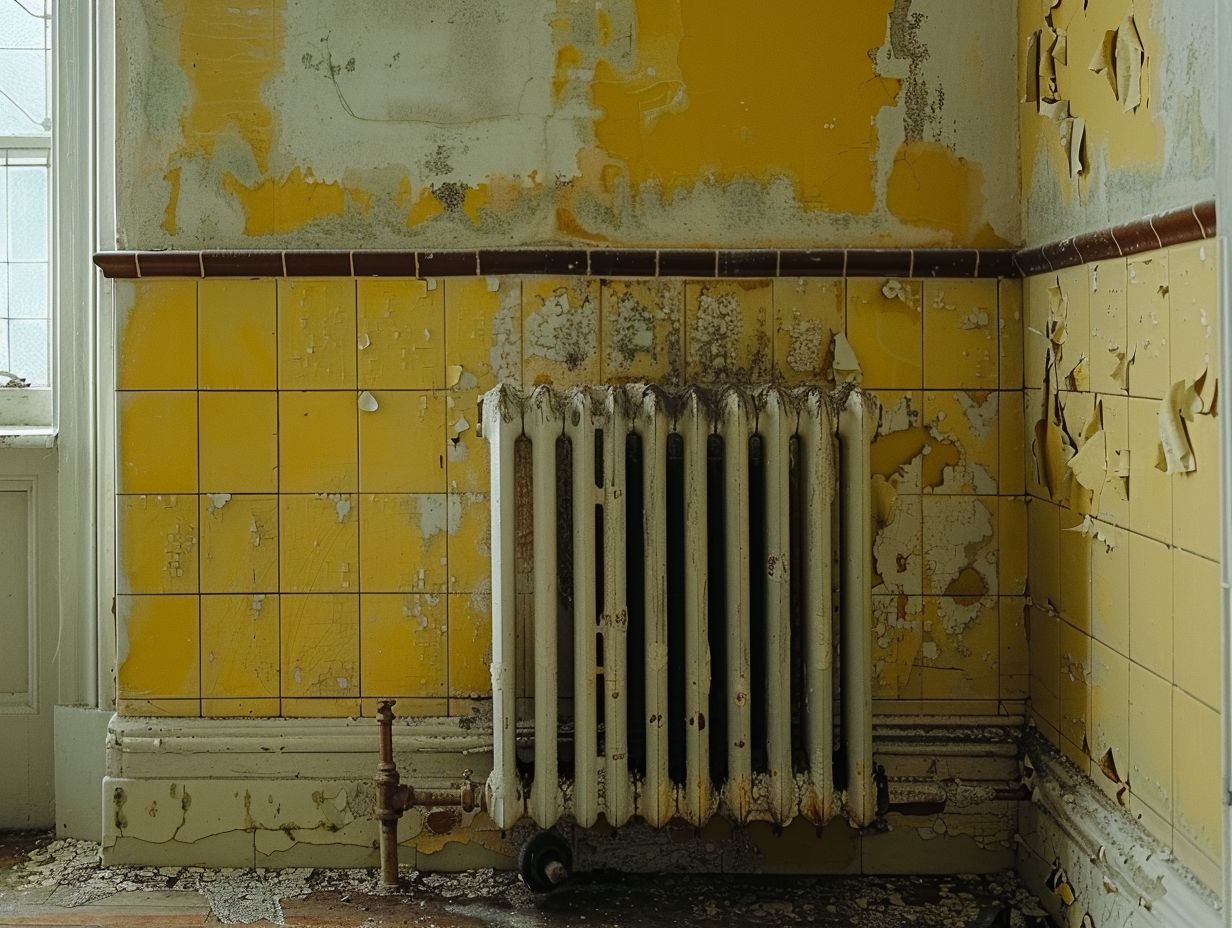
If your radiator feels cold at the top but warm at the bottom, there may be air trapped inside. You can bleed the radiator to release the air and allow hot water to flow through the entire surface.
What should I do if the thermostat is not working?
If your thermostat is not functioning properly, it may need to be replaced. You can also try resetting it or checking the batteries if it’s a digital one. If the issue persists, it’s best to call a professional for assistance.
What could be causing a blockage in the pipes?
A blockage in the pipes can be caused by debris or sludge buildup, which can restrict the flow of hot water. This can be prevented by regular maintenance and cleaning of the pipes.
Can I fix a kitchen radiator that is not heating up on my own?
It’s always best to consult a professional plumber or heating technician for issues with your kitchen radiator. Unless you have the proper knowledge and experience, attempting to fix it on your own may cause further damage.
How can I prevent my kitchen radiator from not heating up in the future?
Regular maintenance and cleaning of your heating system can help prevent issues with your kitchen radiator not heating up. It’s also important to address any problems promptly and not ignore them, as they can worsen over time.

